
Dec 15, 2025 • 9 min read
From scuba diving in Central America to lounging on white-sand shorelines in Southeast Asia, here are 11 tropical trips that won't break the bank.

Dec 15, 2025 • 9 min read
From scuba diving in Central America to lounging on white-sand shorelines in Southeast Asia, here are 11 tropical trips that won't break the bank.

Dec 15, 2025 • 9 min read
The path to see the pyramids and the other top ancient sites is well trodden, but it’s possible to get off the beaten track on your adventures in Egypt.
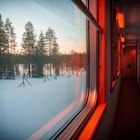
Dec 15, 2025 • 7 min read
Rise and shine in the wintery wilderness of the Arctic after riding the night train north from Stockholm.
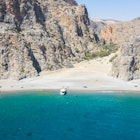
Dec 15, 2025 • 4 min read
Can’t decide which glorious Greek islands to include on your week-long itinerary? We have some tips to help you plan.

Dec 15, 2025 • 7 min read
The under-explored North African nation of Algeria offers tremendous gardens, beaches, ruins, castles and cuisine to explore and embrace.

Dec 14, 2025 • 6 min read
One of the most "Italy" travel experiences in Italy is a hike along the Path of the Gods. This guide will set you up for the perfect route.

Dec 14, 2025 • 3 min read
Consistently balmy weather, ridiculously white sandy shores, diving and snorkeling and calypso-wafting beach bars make for an excellent tropical vacation.

Dec 14, 2025 • 7 min read
From ancient ruins to beaches a short boat ride away, here are nine ways to escape the bustle of Athens for the day.

Dec 14, 2025 • 6 min read
Whether you're lured to Vietnam by the beaches, the food, the hiking or the history, here are the best times to visit for good weather, festivals and more.

Dec 13, 2025 • 5 min read
From the peaks of the Atlas Mountains to coastal cities and arid desert, Morocco is scattered with kasbahs – fortresses or fortified citadels.

Dec 13, 2025 • 3 min read
Interested in a restaurant that’s impossible to get into? Here's how to get a table.

Dec 13, 2025 • 10 min read
The Grand Egyptian Museum (GEM) near Cairo is now fully open to visitors. Plan your visit with this guide.

Dec 12, 2025 • 10 min read
Find out when to go to, what to do in and how to get around the wonderful Central American country of Belize.

Dec 12, 2025 • 8 min read
See Milan, one of Italy’s most cosmopolitan cities, one neighborhood at a time with this guide.

Dec 12, 2025 • 12 min read
Catch the sunshine on Agadir's beaches, go shopping, and admire Amazigh jewelry and modern architecture in the oceanfront city of Agadir.
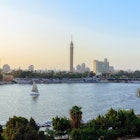
Dec 12, 2025 • 5 min read
Cairo never stops, except for traffic jams. Find your way around with this guide to the city's Metro and bus network, taxis and alternative transportation.

Dec 12, 2025 • 6 min read
Mix French charm with West Indian joie de vivre, and you this delightful Caribbean island. Here’s an introductory guide.

Dec 11, 2025 • 6 min read
Puglia has some of Italy's cutest villages, quirkiest architecture and dreamiest beaches. Here are the eight top places you should check out.

Dec 11, 2025 • 9 min read
See the best of Dublin without spending a cent at these free museums, nature walks, parks and other top attractions.
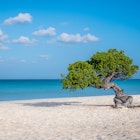
Dec 11, 2025 • 5 min read
Snorkel, swim and spot turtles at these top beaches in Aruba.

Dec 11, 2025 • 5 min read
Key West is famously kooky – and famously pricey. Yet the attractions and experiences we’ve rounded up here won’t cost you a dime.
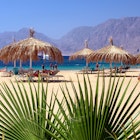
Dec 11, 2025 • 11 min read
Here are the top places in Egypt to kick off your shoes, dig your toes into the soft sand and unwind beside diamond-clear waters.